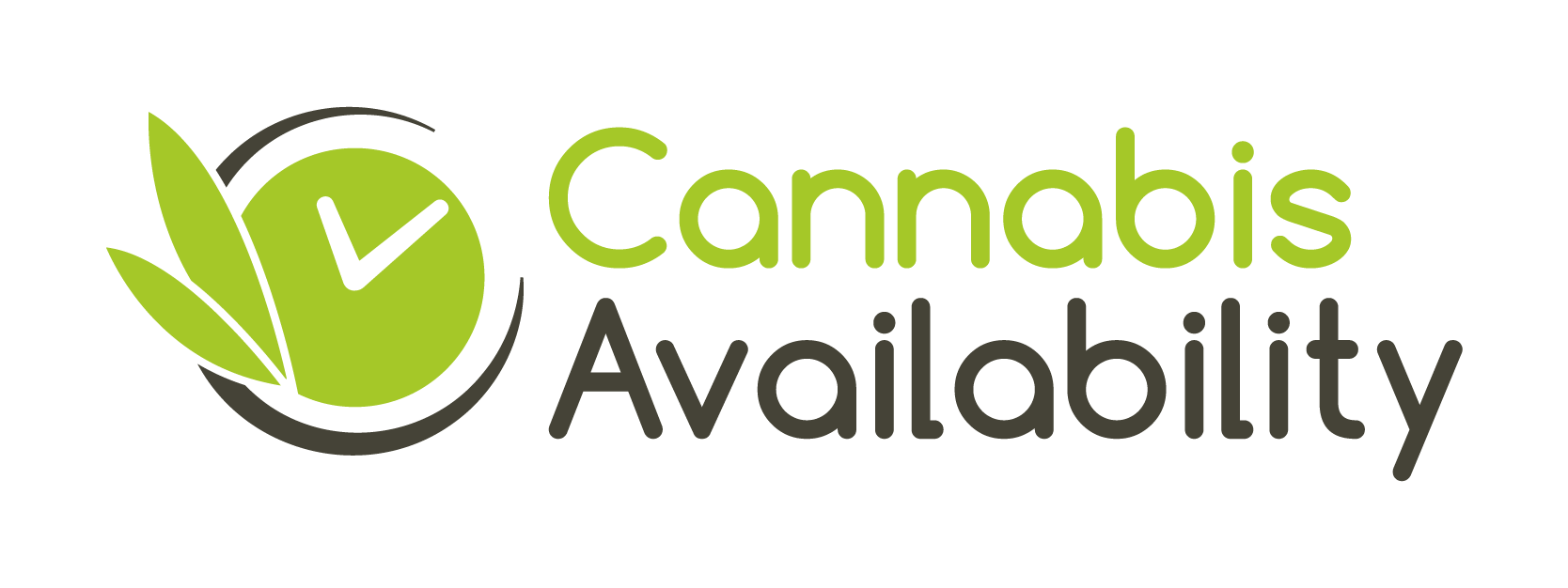When you walk into a dispensary or scroll through an online menu, the variety and prices you see are directly tied to one factor you rarely think about: cultivation capacity. How much licensed canopy growers have—and how much of it they actually use—decides what ends up on the shelves for you to buy.
As a shopper, you benefit when there’s plenty of capacity. Prices tend to drop, promotions become common, and you’ll find a wider selection of strains, edibles, and concentrates. But when capacity is limited, it works the other way: prices go up, popular products disappear faster, and you may need to shop around to find your go-to strain. Oregon’s market is a perfect example—when too many growers planted at once, oversupply drove prices down and menus overflowed with choices. Regulators had to step in to balance things.
It’s not just about licenses, though. Many growers don’t plant their full capacity. Maybe wholesale prices are too low to make it worth the effort, or financing is tight. That means the actual supply can be much smaller than what’s “on paper.” For you, this translates into certain genetics or product categories being harder to find, even if it looks like there’s enough capacity statewide. In Washington, for example, regulators found that growers were often using less than half of their licensed space—leaving consumers with fewer options at retail.
Seasonal harvests play a big role, too. When outdoor or light-deprivation crops come in, prices soften and dispensaries often run promotions. That’s why you might notice better deals on flower in the fall and early winter, when supply is flush. During tighter months, especially late summer or just before new harvests hit, product availability narrows and prices can spike.
Policies also affect what shows up in your shopping cart. Some states cap canopy or pause new licenses to avoid oversupply. While that helps stabilize prices, it can also limit the number of strains and brands available in stores. In New York, for example, sales grew quickly even though there weren’t many shops open, and wholesalers rushed product straight to retailers. As the system matures, consumers should see more SKUs and steadier availability, but during transitions, gaps are common.
Retail data shows these supply patterns clearly. When cultivation expands, promotions multiply, menus grow, and in-stock rates improve. Headset, a cannabis analytics firm, has reported steady price declines through 2025, often paired with aggressive discounts—something consumers feel directly as better deals at checkout. Wholesale platforms like LeafLink show how growers move billions of dollars’ worth of cannabis into retail markets, which then turns into the variety you see in dispensaries.
Finally, economics can pull capacity offline. In California, high costs and fees sometimes push growers to keep fields fallow, meaning they don’t plant even though they’re licensed to. When that happens, shoppers may see favorites disappear or prices rise until cultivation comes back online.
In short, cultivation capacity is the invisible force shaping your cannabis experience. When growers plant more, you enjoy more options and better prices. When capacity shrinks, you may face stockouts or higher costs. Knowing this helps explain why menus look so different from month to month—and why timing your purchase can make all the difference.
